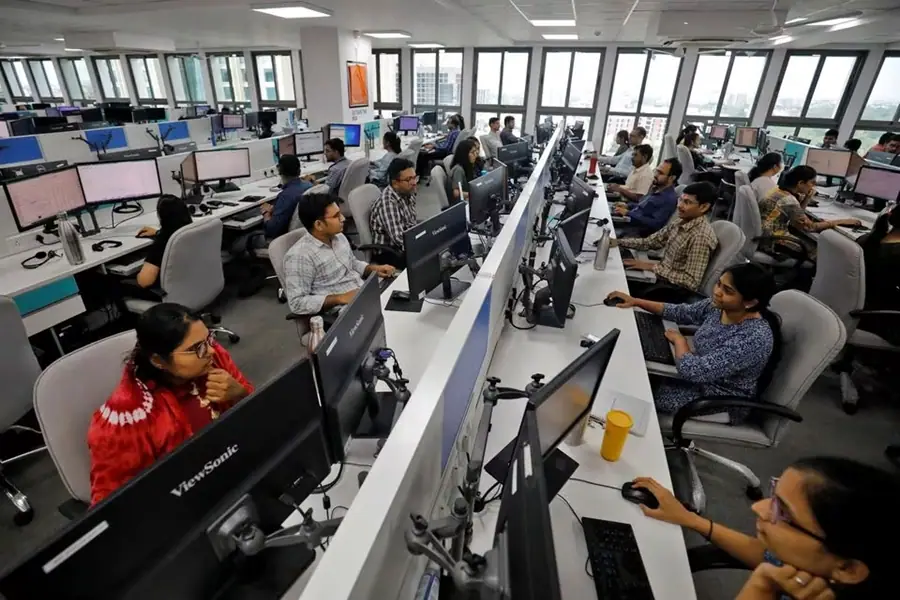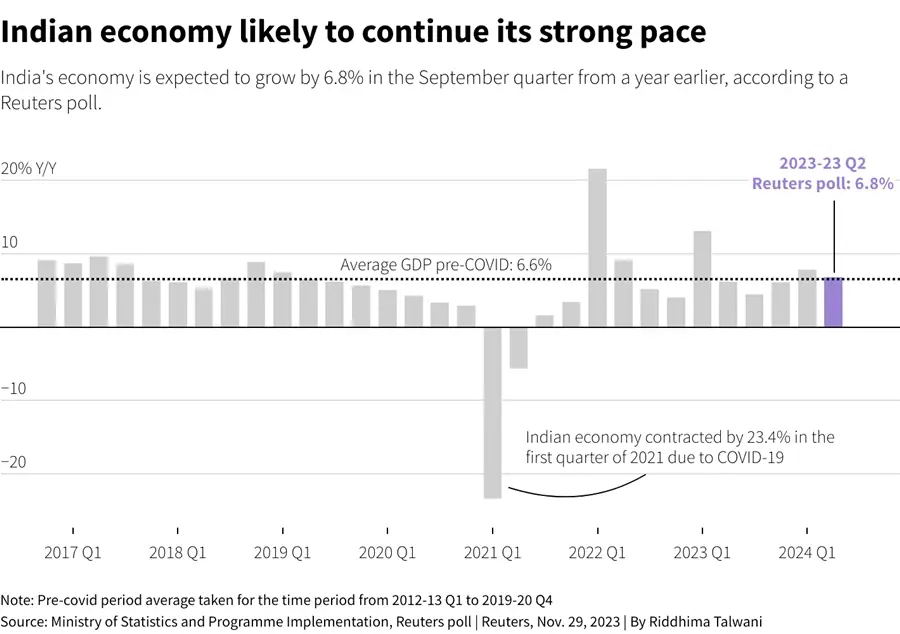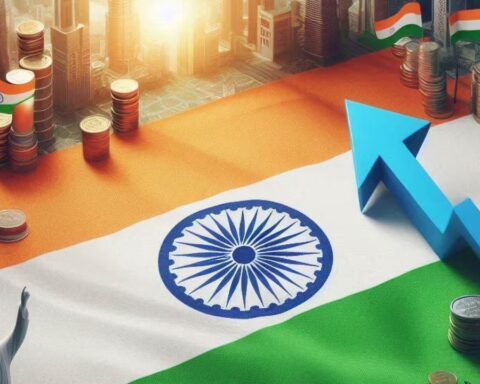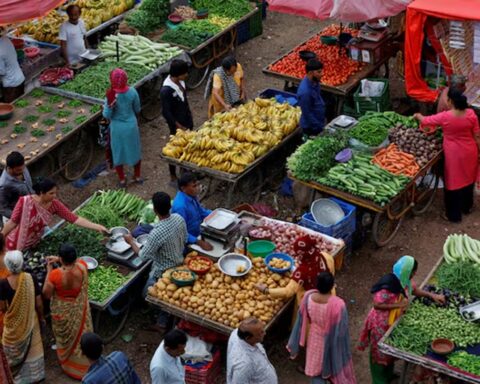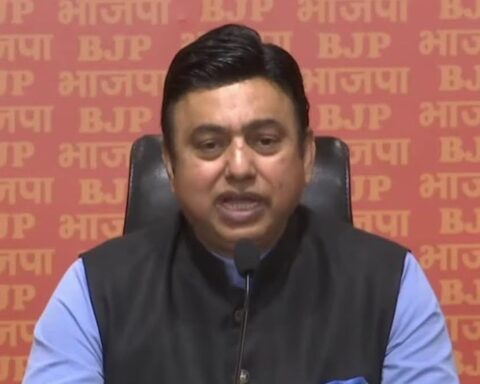NEW DELHI, Nov 30 (Reuters) – Indian economy is likely to continue its strong growth in the quarter to end of September, helped by a solid urban consumption and government spending, outpacing a slowing global economy squeezed by elevated interest rates and higher energy prices.
Asia’s third-largest economy is expected to grow at 6.8% in the July-September quarter compared with a year earlier, according to a Reuters poll. India will release the quarterly gross domestic product figures at 1200 GMT on Thursday.
India’s is seen as the bright spot globally as some Western countries are flirting with the possibility of recession, while China, the world’s second-largest economy, has slowed down.
The poll’s consensus forecast is higher than Reserve Bank of India’s projection of 6.5% for the quarter, but lower than the 7.8% growth India’s economy saw in the previous quarter, helped by the comparison with a low base the previous year.
“Domestic demand remains the key economic driver of activity, as external demand continues to remain weak,” Barclays economist Rahul Bajoria said, adding that services and construction sectors have shown robust growth.
Private consumption accounts for nearly 60% of the Indian economy.
During the quarter, urban consumption indicators such as passenger vehicle sales rose over 38% and domestic passenger aviation traffic growth exceeded 20% through the three months.
Record online sales of e-commerce players such as Amazon (AMZN.O) and Walmart (WMT.N) owned Flipkart during the country’s festival season was another evidence of strong consumption in urban centres.
On Wednesday, India’s Economic Affairs Secretary Ajay Seth told reporters Indian economy showed good momentum and he expected “good numbers” for the September quarter.
The Indian government spent 49% of its capital expenditure budget of 10 trillion rupees ($120.01 billion) between April and September, compared with over 45% of 7.5 trillion rupees in the same period last year.
“We had expected government capex spending and the real estate sector to drive growth and, indeed, both factors have crucially underpinned a construction cycle which has been a key ingredient of growth this year,” JP Morgan’s Sajjid Z Chinoy said in a note.
Rural demand, especially across the farm sector hit by weather vagaries that delayed sowing activity, remained a key concern, economists said.
They noted how two-wheeler sales, a good indicator of rural buying power, rose 13% during the July-September quarter, far less than passenger vehicle sales.
“Some anticipated spending in rural areas that happens due to harvesting may be delayed this time because of uneven monsoons impacting consumption,” said Sunil Kumar Sinha, an economist at India Ratings.
($1 = 83.3231 Indian rupees)

